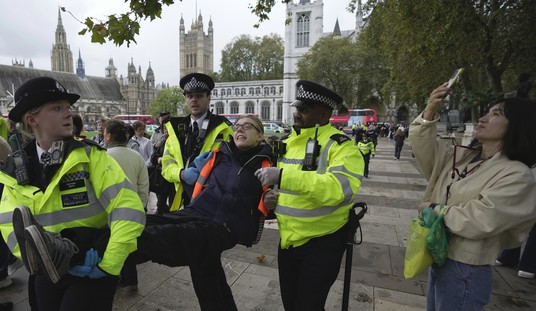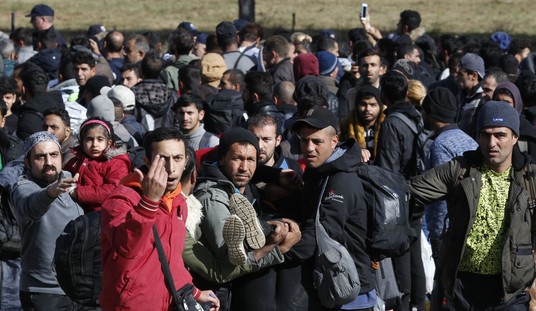A new potentially devastating natural disaster with tragic human consequences could be brewing in Haiti. This event could make a disease outbreak there much worse as well. Tropical Storm Tomas will be moving over Haiti and the Dominican Republic tonight and Friday, and the National Hurricane Center has issued a hurricane warning for Haiti. The center also says rainfall in Haiti from Tomas may total 5 to 10 inches with isolated amounts up to 15 inches. Rainfall amounts this high could produce a catastrophic flooding calamity.
Haiti has endured decades of death and destruction for a variety of reasons. The latest natural disaster to strike this desperately poor county was the earthquake of January 12, 2010. The epicenter of the 7.0 quake was just 25 miles west of the capital of Port-au-Prince — an estimated 230,000 people were killed and 300,000 were injured. Additionally, 250,000 homes collapsed and 30,000 commercial buildings were either heavily damaged or destroyed. As a result, over one million people were made homeless. Surely that would be enough for one year — or a hundred years — yet on top of all that, a cholera outbreak is threatening to overrun the county. Now, with Tomas bearing down on Haiti, the potential for the outbreak to spread could increase dramatically.
What makes Haiti so vulnerable to tropical storms is near complete deforestation. In 1923, 60% of Haiti was covered with trees. Today, only 2% of the country has forest. There are several reasons for this, but the bottom line is that erosion is a terrible problem anytime it rains. Tropical rains can be very heavy and tropical storms have massive amounts of water stored in their clouds. You might think a hurricane would be the worst possible storm that could strike Haiti, but not necessarily. A weaker tropical storm, or even a tropical depression, if moving slowly enough can unleash torrents of rain. These less-developed storms can unload as much as 10 to 20 inches of rainfall in one day, even more if the storm stalls over an area. You don’t need a hurricane to get devastating floods.
Compounding the deforestation problem in Haiti is the topography. Three mountain ranges run across the country, covering two-thirds of the land — the peak elevation is 8,793 feet. When clouds are forced up over mountains, the amount of precipitation is increased due to a process called orographic uplift. As the clouds are lifted up over higher terrain they are pushed into cooler atmospheric temperatures. This increases the relative humidity of the clouds, and subsequently increases the amount of precipitation they produce.
In Haiti, you have several natural and man-made components working against them. The country is in the tropics, where the atmosphere contains vast amounts of moisture. Much of the country is mountainous, and this makes it extremely vulnerable to flash flooding. The country is almost completely without trees, making the flooding problem much worse. Basic quality of life issues, like clean water and healthy food, are always in short supply. On top of all that, Haiti is occasionally hit by tropical storms and hurricanes. And just to add insult to injury, the country is near a major fault in the Earth’s crust that sometimes generates massive earthquakes. Unfortunately, 2010 might be a year where all of these components converge.
Usually, tropical weather systems move from east to west across the Caribbean Sea from June to November. These easterly wind currents pick up and carry the tropical storms and transport them to wherever the wind is blowing. In some years, during late October and November things can change. As the North Pole begins to get colder in the fall, the mid-latitude wind currents begin to push farther south. By middle to late autumn, they can penetrate into the Deep South. These mid-latitude winds blow mostly from the west to the east, opposite the direction over the Caribbean Sea — any tropical storm or hurricane that gets caught in this west to east wind will be carried along by them.
That is just the situation that is developing right now. Tomas is gaining strength in the Caribbean Sea. Southwesterly winds will steer it to the north and then northeast, making the storm a threat to Haiti for Thursday night and Friday, and possibly the weekend if the storm slows its forward motion. It’s the slow forward movement of the storm that could cause the rains to linger and produce the nightmare flash flooding.
Most attention is focused on the results of the mid-term elections here in the United States, and rightly so. However, should Tomas bring 15 inches of rain to Haiti, we may see the headlines shift to yet another disaster in a county that is still suffering from last January’s massive earthquake.









Join the conversation as a VIP Member